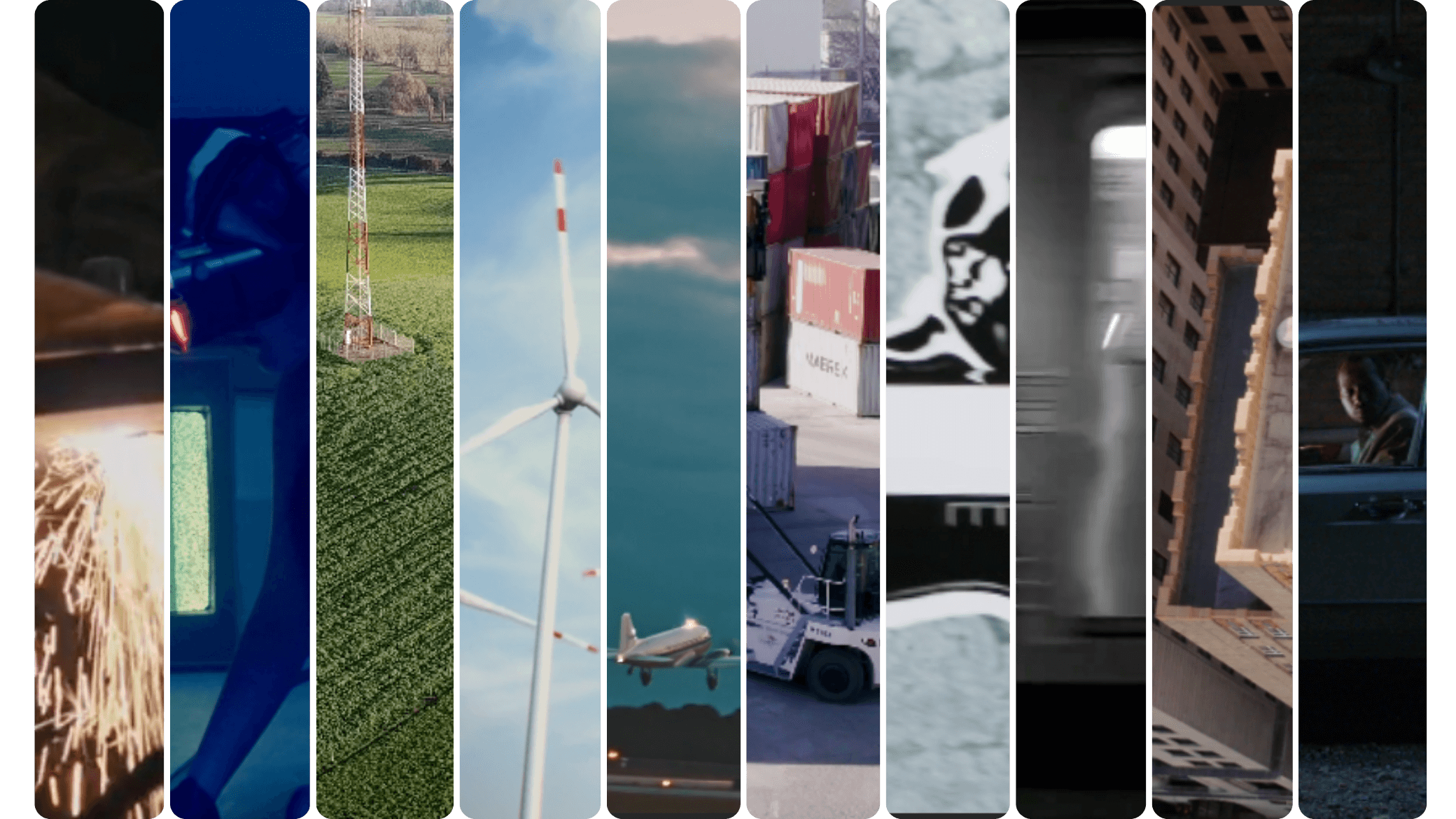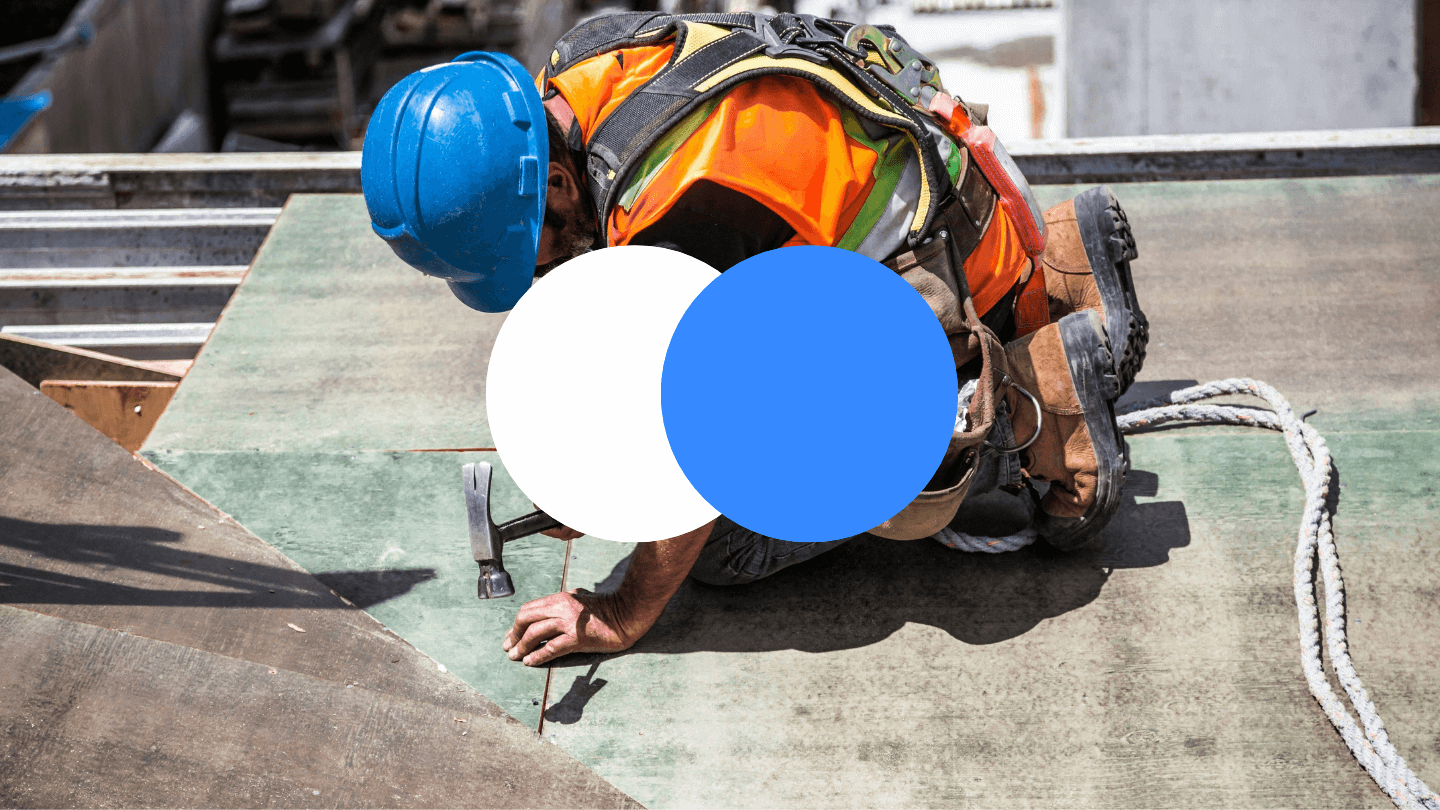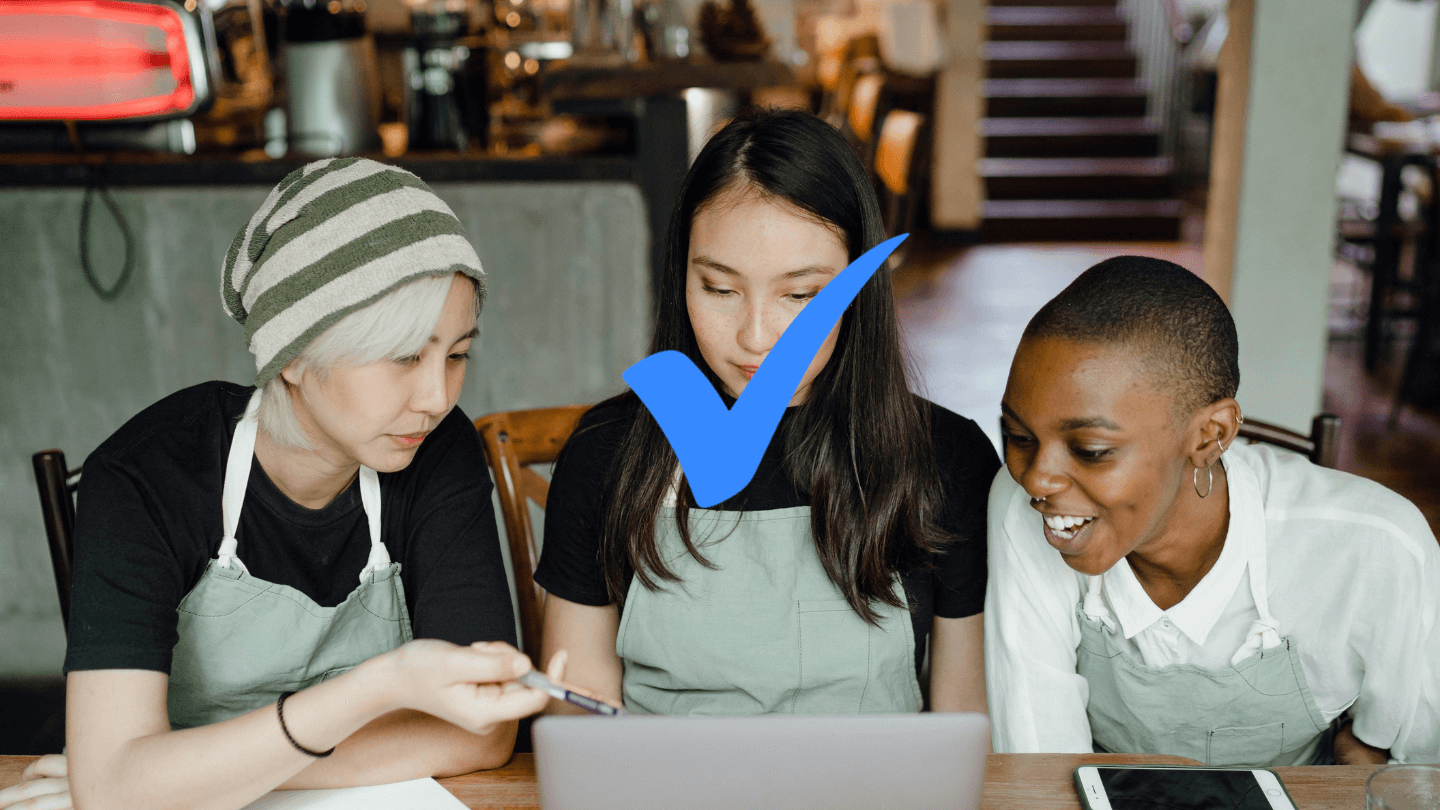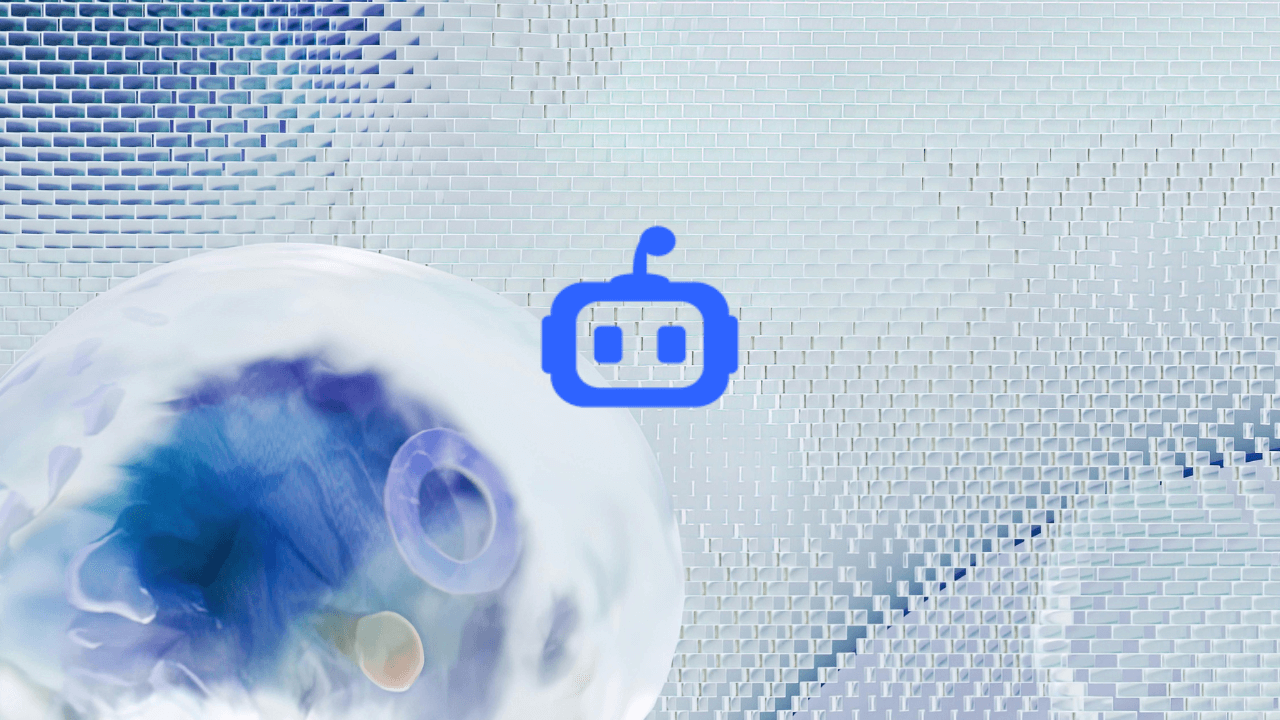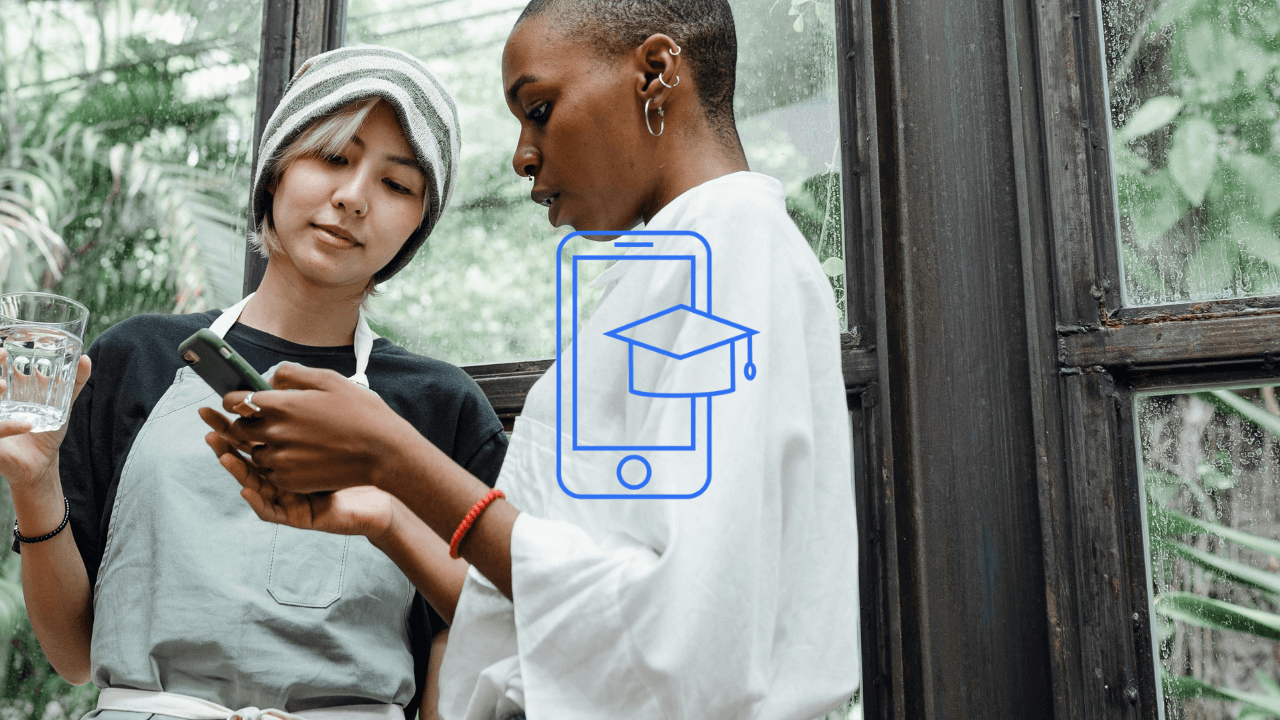
We send you all things hot & interesting from 200+ skill domains in to our community.

Low attention Span! In an era where a 350-page novel’s worth of information is encountered daily, our attention spans are being tested as never before. With 59% of us feeling overwhelmed by this barrage, and a notable portion of our time—28%—devoted to social media, it’s clear that our capacity to focus is diminishing. Yet, this challenge presents a unique opportunity for businesses. Embracing and leveraging the reality of shorter attention spans can lead to more effective communication and engagement with both employees and clients.
The digital landscape pulses with unceasing activity:
The surge of information highlights an urgent need for strategies that effectively manage, filter and utilize content, particularly for businesses seeking engagement in this saturated space.
In 2024, we ride the waves of info overload with bite-sized learning. It’s the key to closing the attention span gap, offering digestible content that our brains can easily absorb and remember. It is the potency and relevance of micro-content that ensures each minute spent learning is packed with value.
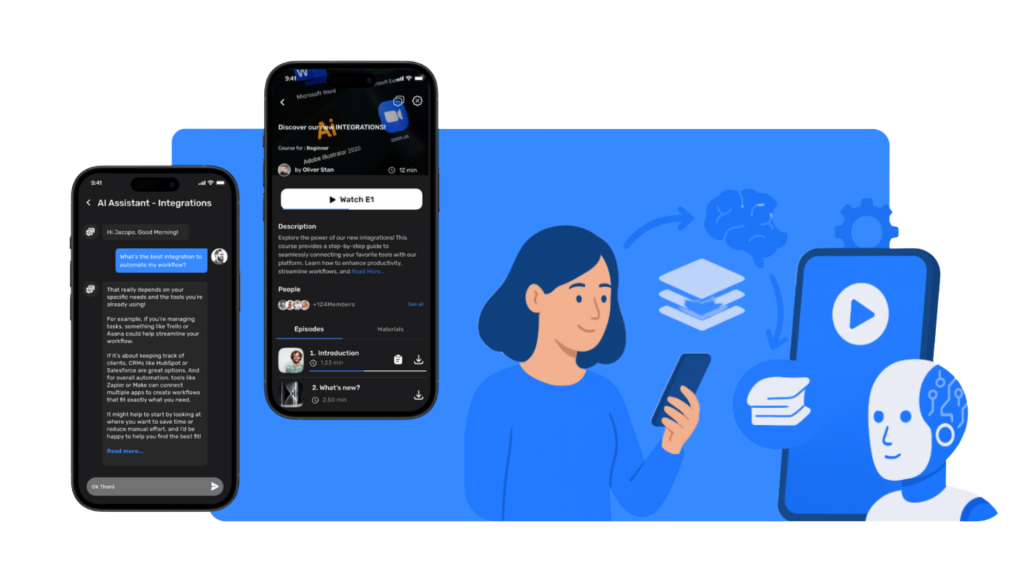
The effectiveness of bite-sized learning in the context of our information-saturated era boils down to several core principles that align with human cognitive processes and the demands of modern life:
The human brain has a limited capacity for processing new information at any given time. Bite-sized learning respects this limitation by providing information in small chunks that are within the brain’s working memory capacity. This makes the information easier to process and leads to more efficient learning.
Hermann Ebbinghaus‘s research on memory and retention reveals that our retention of information fades quickly over time without reinforcement. Bite-sized learning combats this by providing frequent, spaced repetition of concepts, enhancing long-term retention.
In today’s fast-paced world, we often need to learn on the go.
Learners can readily access micro-content and, consequently, consume it as soon as they need it. This approach not only supports the immediate application of new knowledge but also reinforces it effectively.
Shorter content is more likely to maintain an individual’s attention and interest. The quick completion of each learning segment provides a sense of achievement, boosting motivation and encouraging learners to continue engaging with the material.
With the prevalence of smartphones and other mobile devices, content that can be consumed on the go fits naturally into the rhythm of daily life. People can learn during a commute, on a lunch break, or in between meetings, making education more accessible and integrated into everyday routines.
Micro-content allows for personalised learning journeys. Learners can focus on specific areas of interest or need, rather than wading through large volumes of material that may not be relevant to them.
Bite-sized content can be scaled to cover a wide range of topics and difficulty levels. It also allows for flexible learning paths, where learners can skip what they already know and focus on filling gaps in their understanding.
In essence, the reason bite-sized learning is so effective and necessary in 2024 is that it is finely tuned to the way we live and learn in the digital age. It cuts through the noise of information overload and delivers learning in a way that is not only manageable and practical but also aligned with the natural ways in which we process and retain information.
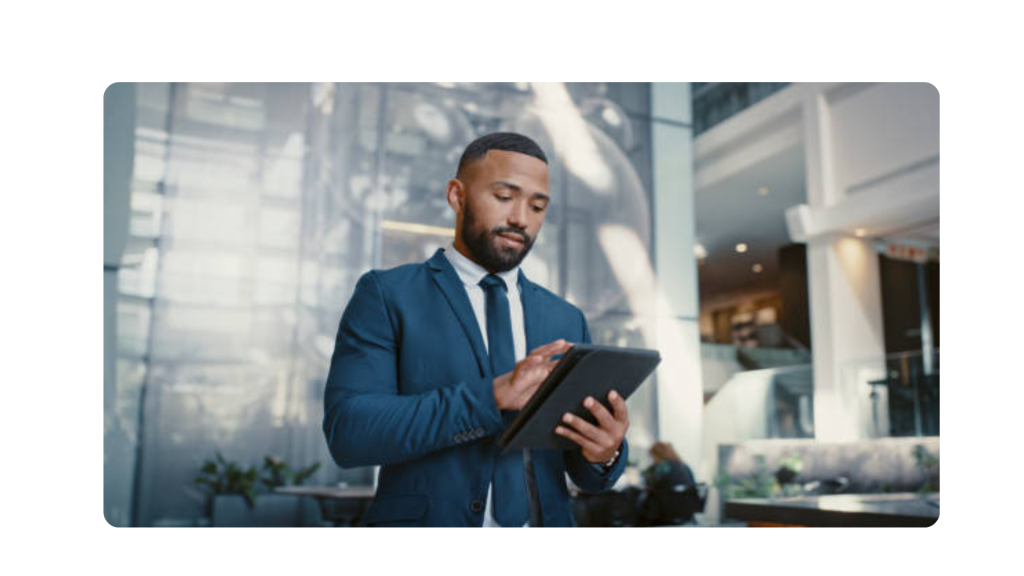
To conclude, embracing bite-sized learning is crucial for navigating our data-dense reality. This approach leverages our shortened attention spans, transforming them into assets for enhanced learning, engagement, and knowledge application. For businesses and individuals alike, the path to success in the information age is clear: distill complexity into concise, impactful learning experiences. By harnessing the power of bite-sized learning, we equip ourselves to thrive amidst the digital clamor.
Follow us on LinkedIn for quick and insightful resources about L&D.


